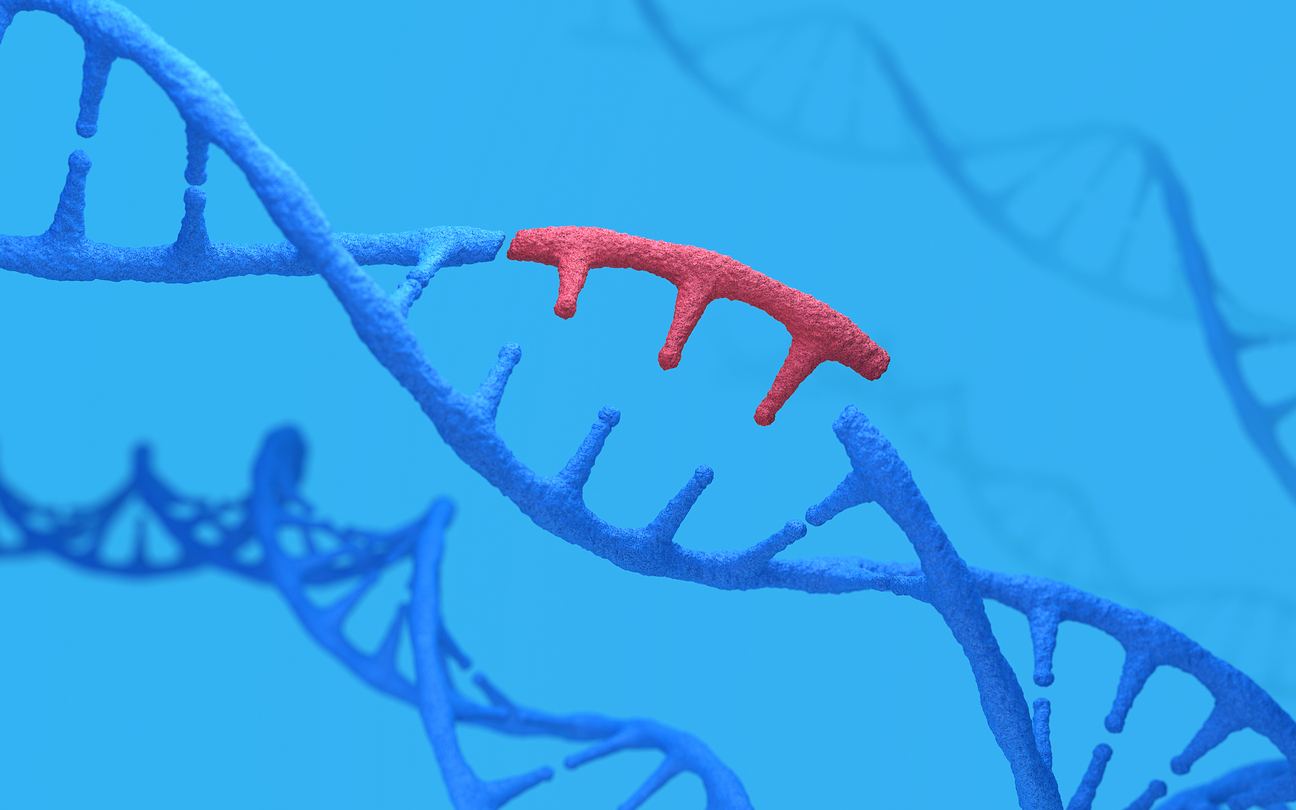
New Artificial Intelligence Model Makes Speedy Gene Editing Possible
February 8, 2023| |
A research team from the NYU Grossman School of Medicine and the University of Toronto have designed an artificial intelligence (AI) program that could produce customizable zinc fingers to treat diseases by turning genes on and off.
Illnesses such as cystic fibrosis, Tay-Sachs disease, and sickle cell anemia are caused by errors in the order of DNA letters encoding the operating instructions for every human cell. These errors can be corrected by scientists using gene editing methods that rearrange the letters. Other conditions are caused by epigenetics that contribute to diabetes, cancer, and neurologic disorders. One technique that researchers are exploring is zinc finger editing, which changes and controls genes. Zinc fingers are abundant in the human body and can guide DNA repair by grabbing onto scissor-like enzymes and directing them to cut faulty segments out of the code. Researchers found that artificial zinc fingers are challenging to design for a specific task. These proteins attach to DNA in complex groups, so researchers would need to be able to tell from countless possible combinations how every zinc finger interacts with its neighbor for each desired genetic change.
The new technique, called ZFDesign, overcomes this obstacle by using AI to model and design these interactions. ZFDesign is based on data generated by the screen of nearly 50 billion possible zinc finger–DNA interactions in the researchers' labs. The study's lead author, Dr. David Ichikawa, a former graduate student at NYU Langone Health said that their program can identify the proper grouping of zinc fingers for any modification, making this type of gene editing faster than ever before. Dr. Ichikawa also notes that zinc-finger editing is a potentially safer alternative to CRISPR, which relies on bacterial protein.
For more details, read the press release from NYU Langone Health NewsHub.
| |
You might also like:
- ISAAA Inc. Builds Repository of Genome Editing Information
- ISAAA Launches Open-access Resources on Genome Editing
- Scientists Review the Use of Engineered Viruses in Genome Editing Tools
Biotech Updates is a weekly newsletter of ISAAA, a not-for-profit organization. It is distributed for free to over 22,000 subscribers worldwide to inform them about the key developments in biosciences, especially in biotechnology. Your support will help us in our mission to feed the world with knowledge. You can help by donating as little as $10.
-
See more articles:
-
Gene Editing Supplement (February 8, 2023)
-
Research and Tools
- CRISPR-Cas9-mediated Approach Improves Photosynthesis in Rice
- Alliance of Researchers Pinpoints Barley Gene Necessary for Climate Change
- First Gene-Edited Cowpea Designed for Mechanized Harvesting
- Scientists Perform Gene Editing on Silver Grass for the First Time
- New Artificial Intelligence Model Makes Speedy Gene Editing Possible
-
Policy Considerations and Approvals
- UK’s Precision Bill Passes Final Reading at the House of Lords
-
Read the latest: - Biotech Updates (December 17, 2025)
- Gene Editing Supplement (December 17, 2025)
- Gene Drive Supplement (February 22, 2023)
-
Subscribe to BU: - Share
- Tweet

